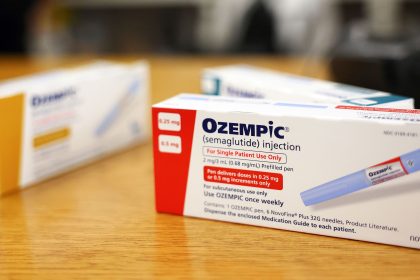Pest control is an essential service that often goes unnoticed until a problem arises. From protecting crops in agriculture to ensuring the safety and comfort of our homes, pest control plays a crucial role in maintaining the balance between humans and the natural world. This article explores the importance of indianapolis bed bug treatment, the various methods employed, and the benefits of proactive pest management.
Understanding the Need for Pest Control
Pests, whether insects, rodents, or other wildlife, can cause significant harm to health, property, and the environment. They can spread diseases, contaminate food, and damage structures, leading to costly repairs and health hazards. In agriculture, pests can devastate crops, leading to food shortages and economic losses.
For instance, rodents like rats and mice are notorious carriers of diseases such as leptospirosis, hantavirus, and salmonella. Insects like mosquitoes are vectors for deadly diseases like malaria, dengue fever, and Zika virus. Termites can cause severe structural damage to homes and buildings, while aphids and caterpillars can destroy entire crops.
Methods of Pest Control
Pest control methods have evolved significantly over the years, from rudimentary traps and chemical sprays to more sophisticated and environmentally friendly approaches. These methods can be broadly categorized into chemical, biological, physical, and integrated pest management (IPM).
- Chemical Control: This involves the use of pesticides to kill or repel pests. While effective, chemical control has its drawbacks, such as the potential for environmental contamination and the development of pesticide-resistant pests. Modern pest control focuses on using targeted, less toxic chemicals and applying them in a way that minimizes harm to non-target species and the environment.
- Biological Control: This method uses natural predators, parasites, or pathogens to control pest populations. For example, ladybugs are introduced to control aphid populations, while certain bacteria can be used to target mosquito larvae. Biological control is often seen as a sustainable alternative to chemical pesticides, as it reduces the risk of resistance and environmental damage.
- Physical Control: Physical methods include barriers, traps, and manual removal of pests. These are often used in conjunction with other methods to provide a comprehensive pest management solution. Examples include using screens on windows to keep out insects or setting traps for rodents.
- Integrated Pest Management (IPM): IPM is a holistic approach that combines multiple methods to manage pest populations in an environmentally responsible manner. It involves monitoring pest levels, setting action thresholds, and implementing a combination of control methods to reduce reliance on chemical pesticides. IPM emphasizes prevention, making it a proactive approach to pest control.
The Benefits of Proactive Pest Control
Proactive pest control offers numerous benefits, including protecting health, preserving property, and ensuring agricultural productivity.
- Health Protection: Regular pest control reduces the risk of diseases spread by pests. For example, controlling mosquito populations can prevent the spread of malaria and dengue, while rodent control can mitigate the risk of hantavirus and leptospirosis.
- Property Preservation: Termites, carpenter ants, and rodents can cause significant damage to structures. By implementing regular pest inspections and control measures, property owners can avoid costly repairs and maintain the value of their investments.
- Agricultural Productivity: In agriculture, pest control is vital to ensuring crop yields and food security. Farmers rely on a combination of pest control methods to protect their crops from insects, weeds, and diseases. Effective pest management can lead to higher yields, reduced costs, and sustainable farming practices.
The Future of Pest Control
As the world faces challenges like climate change and urbanization, pest control strategies must adapt to remain effective. The future of pest control will likely see an increased emphasis on sustainability, with a focus on reducing chemical use and promoting natural, biological methods. Advances in technology, such as precision agriculture and smart traps, will also play a role in making pest control more efficient and environmentally friendly.
Moreover, public awareness and education about the importance of pest control will be crucial in fostering a culture of proactive pest management. Individuals and communities must understand the risks posed by pests and the benefits of early intervention.
Conclusion
Pest control is a vital aspect of modern life, with far-reaching implications for health, safety, and the economy. By understanding the importance of pest control and embracing a proactive, integrated approach, we can protect our homes, our food supply, and our environment from the destructive impact of pests. As we look to the future, the continued evolution of pest control methods will be essential in meeting the challenges of a changing world.


